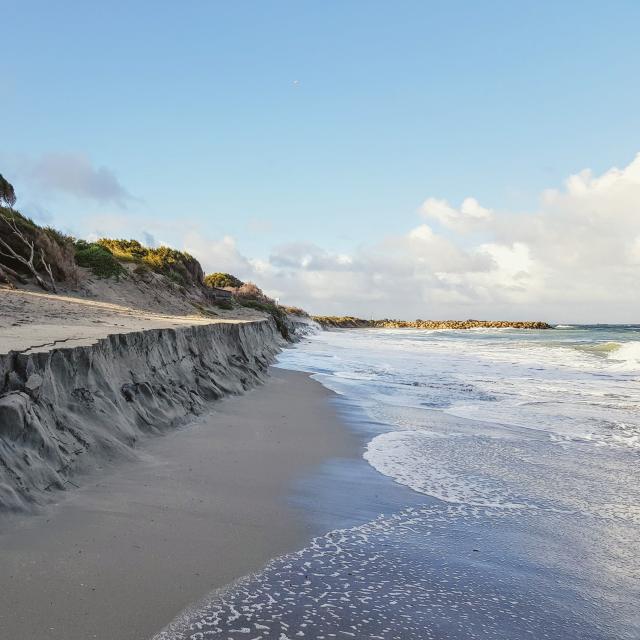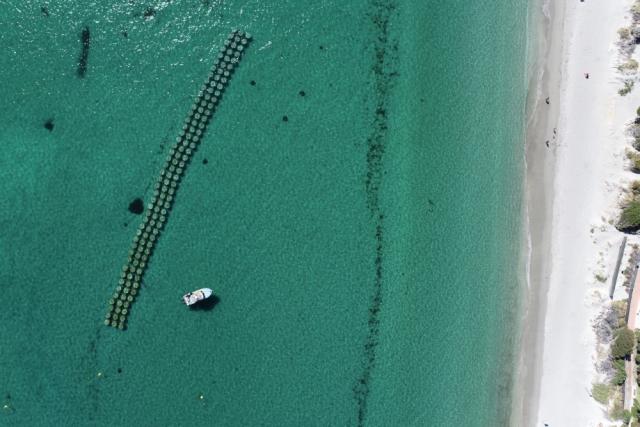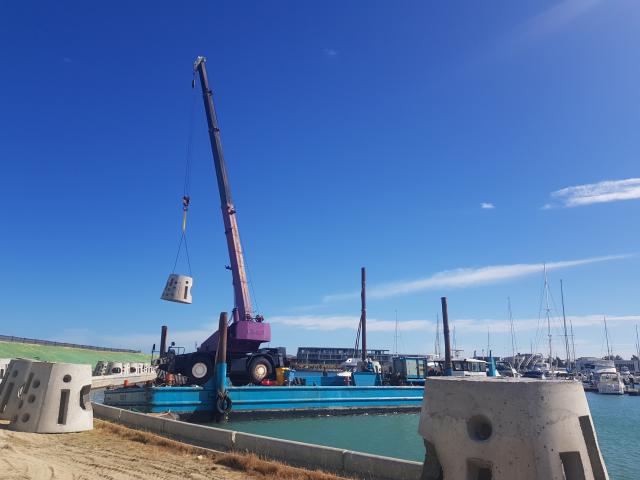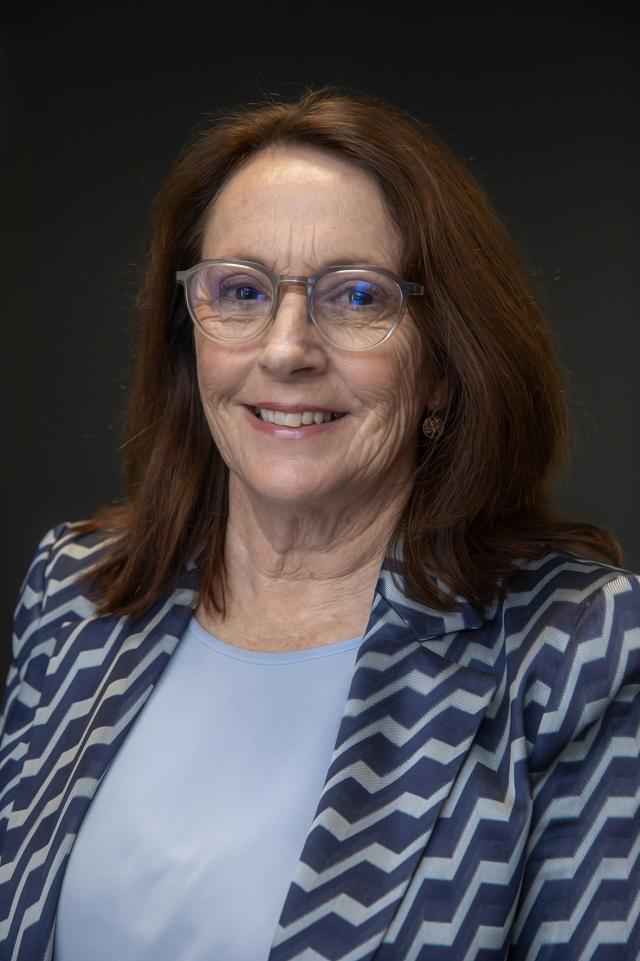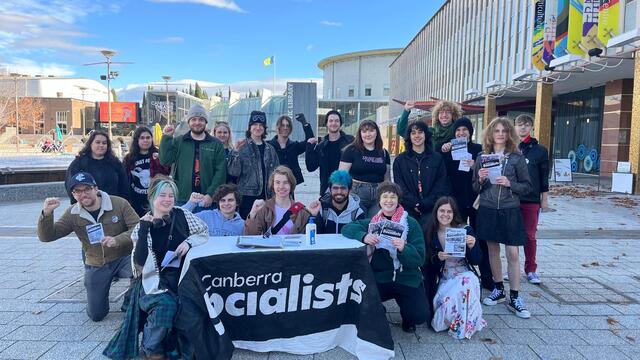An Australian-first engineered offshore reef is among two bold projects completed by the City of Cockburn along a stretch of coast highly valued by the community in time for the 2022 winter storm season.
In a $565,000 City of Cockburn project this March, 135 precast concrete modules each weighing 3.5-tonnes were craned into place 100m offshore at C.Y. O’Connor Beach in North Coogee. They form a unique engineered fringing reef purpose-designed to reduce the wave energy that causes beach erosion in the area.
Over the past 20 years, the shoreline near the northern end of this popular Cockburn beach has eroded by more than 50m. This has resulted in dune loss and the relocation of pathways and periodic sand replenishment works totalling more than $500,000, plus the increased likelihood of the future destruction of important built and natural assets in the popular coastal reserve.
In a separate but complementary project, a 35m long geotextile sand container seawall has now been installed in the dunes adjacent to the reef, to promote more stability along the shoreline.
This $170,000 project was jointly funded by the City with a $59,630+GST CoastWest grant from the WA Government.
The reef project was completed in partnership with Cockburn-based global ocean engineering company Subcon and The University of Western Australia.
It was made possible with $350,000 from the City and $214,349 from the State Government’s 2020-2021 Coastal Adaptation & Protection Grants program.
A UWA research team has also received $433,540 from the Australian Government’s Australian Research Council Linkage Project and an additional $150,000 in research funding from Subcon to establish a multifaceted research program to optimise the design of artificial reefs for coastal protection applications.
This will include establishing an extensive field monitoring program to assess the reef’s performance over three years using the data to develop improved models to more broadly predict how artificial reefs can protect coastlines.
City of Cockburn Head of Sustainability and Environment Chris Beaton said the City was excited to embark on the partnership in a trial designed to protect a much-loved beach which the community told the City was a highly valued asset that needed protecting during consultation on the subject in 2019.
“We appreciate contributions from the state and federal government that have helped make this project possible, along with an in-kind contribution worth more than $220,000 from Subcon, building on their long partnership with the City, beginning with the creation of reef modules for our award-winning Coogee Maritime Trail nearby,” Mr Beaton said.
“While this innovative trial will benefit one of Cockburn’s beaches, it will also benefit other local and state governments around the nation, as communities deal with the increasing impacts of sea level rise and its impact on our coastline.
“Erosion will still occur to some degree, but we believe the reef will slow its rate, minimising the quantity and frequency of sand nourishment, and allowing for a greater, more stable sand dune buffer to establish along the shoreline.
“Regular monitoring of the reef and surrounding shoreline in the years following installation will demonstrate the trial’s effectiveness, and whether it can be rolled out on a larger scale.”
The modules will be colonised by marine flora and fauna. From its position offshore, the 100m long reef will reduce the wave energy that reaches the beach while being far less obtrusive than conventional groynes and seawalls.
Subcon Founder and Business Development Manager Matthew Allen said engineered reefs provided an opportunity to work with nature to address coastal erosion, ocean health and fisheries decline.
“This collaboration is bringing to life Australia’s first engineered modular concrete wave-attenuating fringing reef, and this technology promises to provide a national solution to coastal erosion that also provide new dive sites and habitat for marine life,” Mr Allen said.
“Accelerating coastal erosion is an increasing challenge faced by coastal communities all around Australia and globally. Subcon engineers and marine scientists are passionate about finding solutions that enable ocean communities to thrive above and below the waterline.”
Professor Ryan Lowe from UWA’s Oceans Graduate School said the project would contribute to the development of a framework for predicting how artificial reef structures could be optimally designed to protect coastlines from erosion and flooding.
“The research will develop new theory and models to quantify how waves interact with complex reef structures to reduce wave heights and extreme water levels at the shoreline,“ Professor Lowe said.
“Expected outcomes include new practical tools and design guidelines that can be adopted by coastal engineers and managers to maximise coastal protection by reefs.“
Mr Beaton said the project was another example of how partnerships across local, state and federal government, tertiary education and the commercial sector could benefit the local and wider community.

